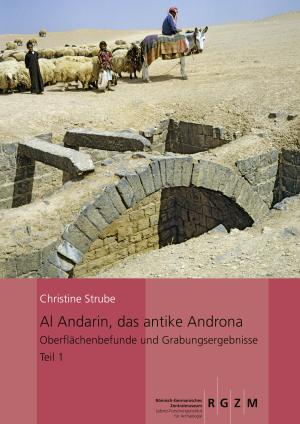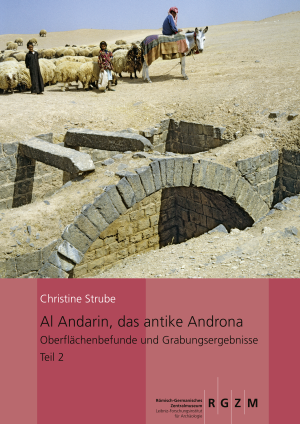Ateş , Güler
Al Andarin, das antike Androna: Oberflächenbefunde und Grabungsergebnisse: die Umfassungsmauer und das Kastron, Teil 1
Al Andarin, ancient Androna, with its two enclosing walls, ten churches, a public bath and a large military building (castron) covers an area of 155 ha and is thus one of the largest ruined sites in the water-scarce steppe areas of central Syria. As the first of about 300 settlements in these areas, Androna was investigated by excavations and surveys in 1997-2007.
The present results on the surface features, the castron (559 AD) and the wall rings not only make the history of Androna in the 5th-7th centuries AD tangible, they also paint an extremely vivid picture of the relationship between countryside and city in the Late Antique-Early Byzantine period.
s. Volume 2
Al Andarin, das antike Androna: Oberflächenbefunde und Grabungsergebnisse: die Umfassungsmauer und das Kastron, Teil 2
Al Andarin, ancient Androna, with its two enclosing walls, ten churches, a public bath and a large military building (castron) covers an area of 155 ha and is thus one of the largest ruined sites in the water-scarce steppe areas of central Syria. As the first of about 300 settlements in these areas, Androna was investigated by excavations and surveys in 1997-2007.
The present results on the surface features, the castron (559 AD) and the wall rings not only make the history of Androna in the 5th-7th centuries AD tangible, they also paint an extremely vivid picture of the relationship between countryside and city in the Late Antique-Early Byzantine period.
s. Volume 1








